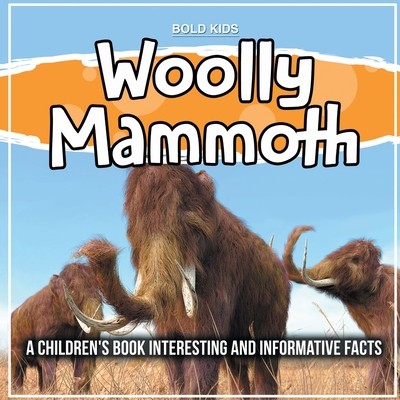
- We will send in 10–14 business days.
- SAVE -10% with code: EXTRA
Reviews
Description
The woolly mammoth was an extinct species of mammoth. This species existed during the Pleistocene period and lasted until the Holocene extinction, approximately 40,000 years ago. Although the woolly mammoth is the last of the mammoth species, it was the most widely distributed. This mammoth was the last of its species to live before the Mammuthus subplanifrons species appeared in the early Pliocene. The woolly mammoth's blubbery body kept it warm in cold climates, and it lived in steppe-tundras, extending from northwest Canada to sunny Spain. Although they were extinct, early humans hunted these mammoths for meat and their bones and tusks. One hunter even found a mammoth skeleton in Siberia and brought it to Europe, where it was discovered and studied. It was taken to the Russian Science Academy for scientific study in 1806. The woolly mammoth lived in a time of climate change, but their extinction may have been due to climate change. Their decline may have caused the climate to warm, as they stopped eating birch trees. This could have caused their habitat to warm by 0.2 degrees celsius. And climate change is suspected to have caused the demise of these mammoths. And the lack of food and tusks may have been a contributing factor. Another important piece of woolly mammoth information is that their tusks preserved an incredible amount of information. Similar to trees, mammoth tusks have layers of growth rings. Scientists can study these rings and learn about the health of mammoths over their lifetime. These rings also show the routes they took when they moved between areas. And the tusks were used for weapons.
- Author: Bold Kids
- Publisher: Bold Kids
- ISBN-10: 1071712314
- ISBN-13: 9781071712313
- Format: 21.6 x 21.6 x 0.3 cm, minkšti viršeliai
- Language: English English
The woolly mammoth was an extinct species of mammoth. This species existed during the Pleistocene period and lasted until the Holocene extinction, approximately 40,000 years ago. Although the woolly mammoth is the last of the mammoth species, it was the most widely distributed. This mammoth was the last of its species to live before the Mammuthus subplanifrons species appeared in the early Pliocene. The woolly mammoth's blubbery body kept it warm in cold climates, and it lived in steppe-tundras, extending from northwest Canada to sunny Spain. Although they were extinct, early humans hunted these mammoths for meat and their bones and tusks. One hunter even found a mammoth skeleton in Siberia and brought it to Europe, where it was discovered and studied. It was taken to the Russian Science Academy for scientific study in 1806. The woolly mammoth lived in a time of climate change, but their extinction may have been due to climate change. Their decline may have caused the climate to warm, as they stopped eating birch trees. This could have caused their habitat to warm by 0.2 degrees celsius. And climate change is suspected to have caused the demise of these mammoths. And the lack of food and tusks may have been a contributing factor. Another important piece of woolly mammoth information is that their tusks preserved an incredible amount of information. Similar to trees, mammoth tusks have layers of growth rings. Scientists can study these rings and learn about the health of mammoths over their lifetime. These rings also show the routes they took when they moved between areas. And the tusks were used for weapons.


Reviews